Kei Tua o te Pae
Kei Tua o te Pae/Assessment for Learning: Early Childhood Exemplars is a best-practice guide that will help teachers continue to improve the quality of their teaching.
The exemplars are a series of books that will help teachers to understand and strengthen children's learning. It also shows how children, parents and whānau can contribute to this assessment and ongoing learning.
We are making improvements to our download-to-print functionality. So if you want a printed copy there are PDF versions available at the bottom of the main cover page.
A lens focused on the symbol systems and technologies for making meaning
The following are some aspects of participating in the domain of literacy (oral, visual, and written) that might be noticed, recognised, responded to, recorded, and revisited.10 Not all of these aspects are represented in the exemplars, but teachers may be able to locate them in their own settings and write their own exemplars. In particular, when episodes are documented and revisited, children will be able to recognise their own literacy competencies.
A repertoire of literacy practices
An indicative repertoire of practices is set out here, using the four practices outlined in Book 16.11 These four practices also intersect and interconnect.
-
Observing and listening in to literacy practices
-
Observing and listening in to literacy practices includes enjoying stories, either told or read by others, in a range of styles. It also includes noticing cultural conventions, such as making a shopping list, or local conventions, such as writing down valued learning episodes.
In the exemplar “Tiari wants to draw”, her mother reports:
"Whenever I sit down to work at the table Tiari always wants to be included. She sees me and my husband working at the computer. Tiari can turn on the computer by herself and immediately moves the mouse (as she has seen us doing) … Tiari also loves writing with pens. She sits beside me at the table and quite happily writes away for quite a length of time."
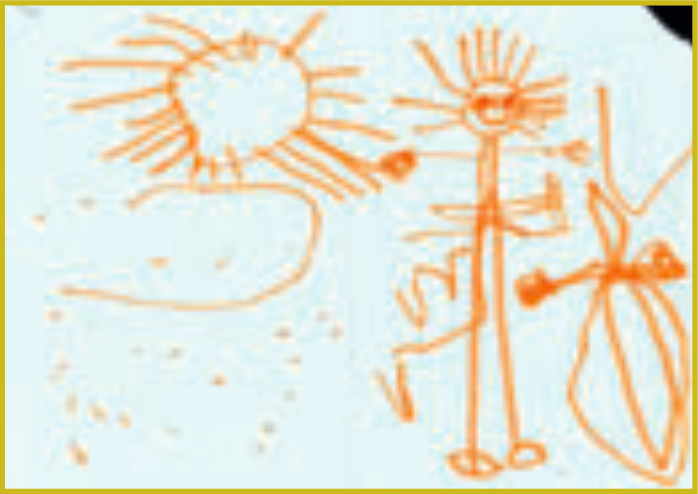
-
-
Playing with language and literacy practices
-
Playing with language and literacy practices includes playing with the units (the sounds, images, letters, and words); and playing with the cultural tools associated with oral, visual, and written literacy (making marks, copying writers and readers).
The exemplar “Flopsy and Mopsy” includes Aimee playing with words. The teacher recognises that Aimee is, on this occasion, perhaps more interested in the words than in the story, and she encourages her playfulness with words.
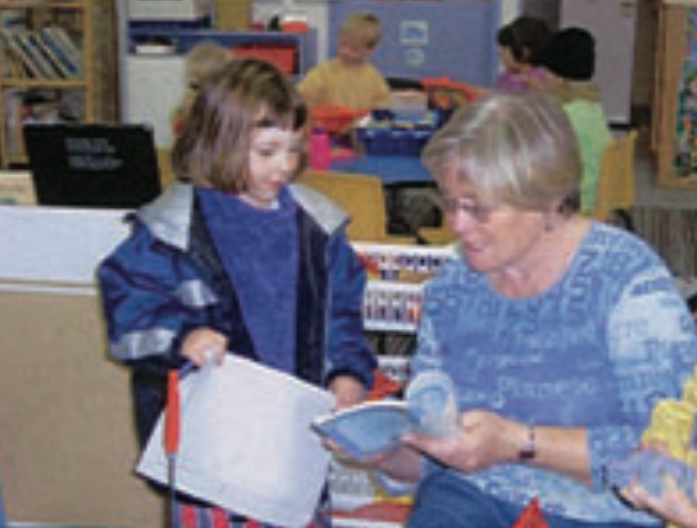
-
-
Using literacy for a purpose
Using literacy for a purpose includes a wide range of practices. Some of these are:
- retelling the stories of others, demonstrating an awareness of how stories work (story grammar);
- connecting stories – oral, visual, or written – to their own lives;
- listening to and constructing poems, songs, and waiata;
- “reading” pictures, photographs, and culturally significant symbols;
- recognising the significance and place of cultural patterns (tapa, kōwhaiwhai, and tukutuku) and oral traditions (karanga, waiata, and whaikōrero);
- connecting with a range of ways in which family and whānau “do” literacy by making links with their “funds of knowledge” from home;
- being aware of culturally and socially significant intonation and oral forms;
- using the conventions of the script and vocabulary of their first language;
- being aware of concepts about print and letter–sound relationships (phonemic awareness);
- being aware of some conventions of different text forms or genres – lists, stories, advertisements;
- using literacy for a range of purposes – entertainment, information, maintaining social contacts;
- using texts from popular culture as a context for literacy learning;
- using texts from traditional culture as a context for literacy learning;
- using literacy to teach others.
In the exemplar “Zachary’s proof-reading”, Zachary has observed the teachers writing learning stories and he participates in the proof-reading part of the process.
-
Critically questioning or transforming
-
Critically questioning or transforming includes:
- critiquing oral, visual, and written accounts, formats, stories, symbols, and books;
- inventing oral, visual, and written accounts, stories, symbols, and books;
- choosing from a range of possible and appropriate tools;
- questioning conventions or suggesting alternatives.
In the exemplar “A sticky end”, Joshua critiques the ending to the story and devises an ending that he finds more satisfactory.
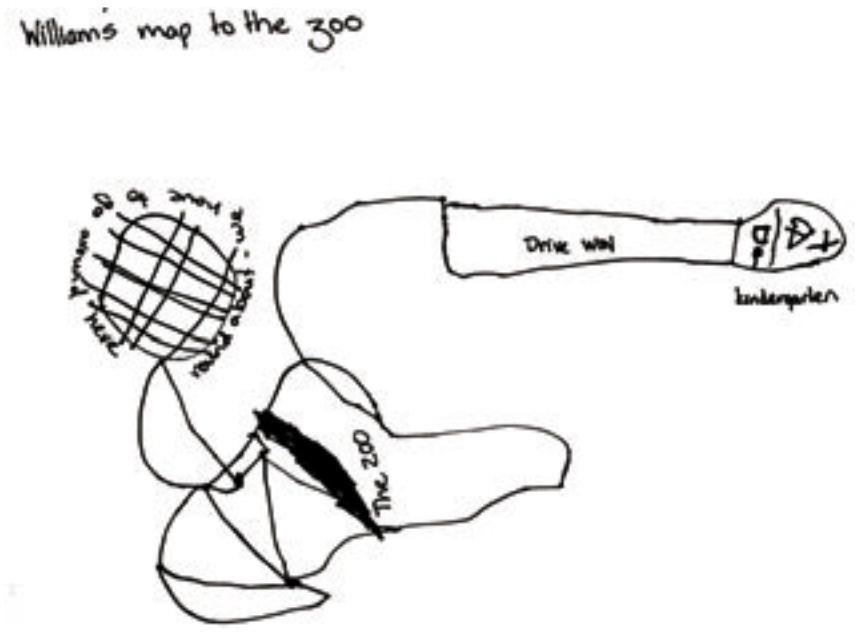
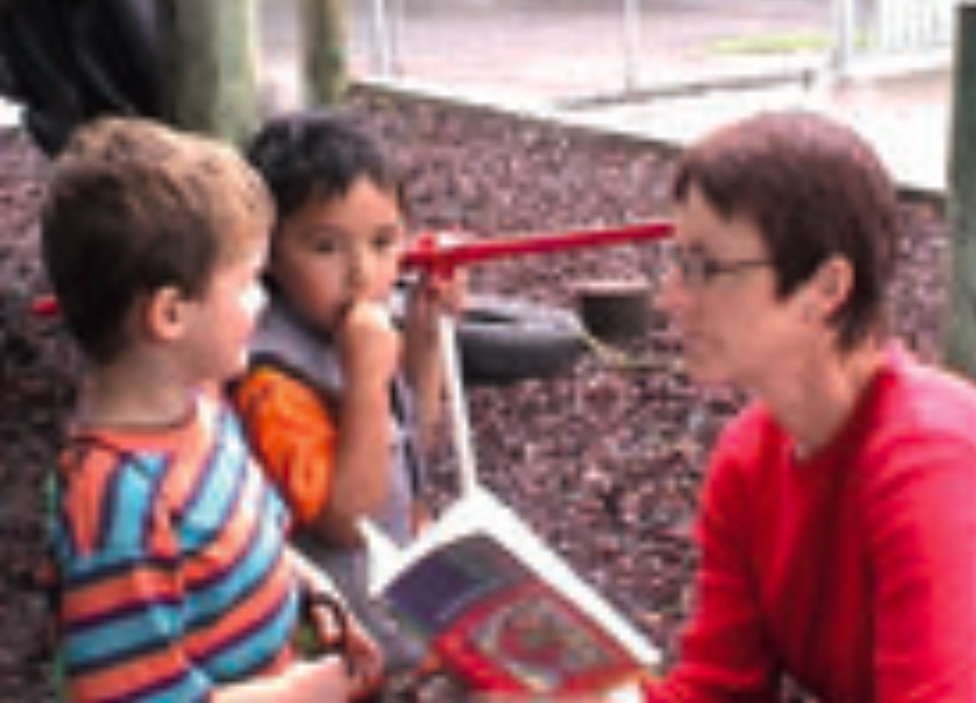
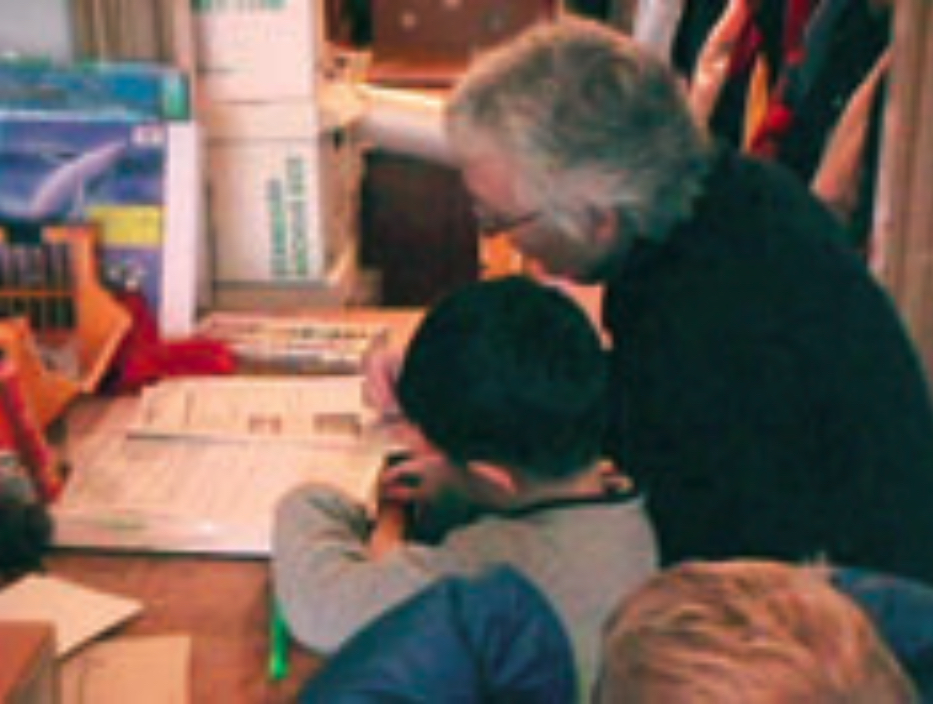
-
